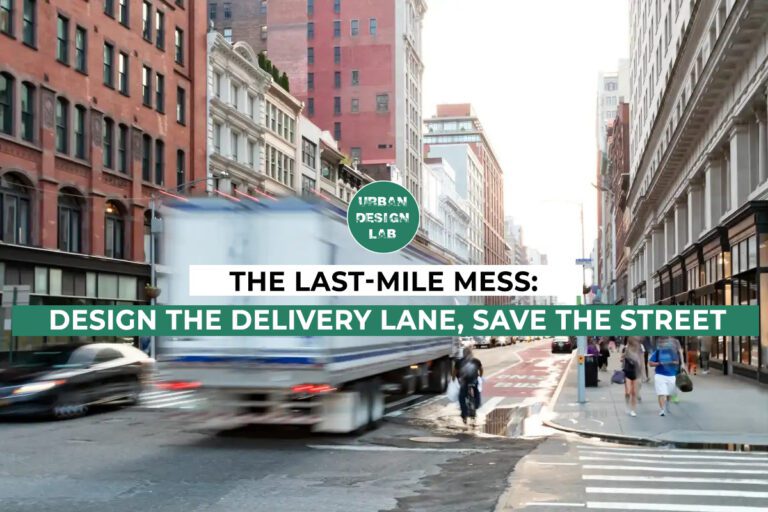
The Contribution of Design Principles and Aesthetics to Sustainable Cities
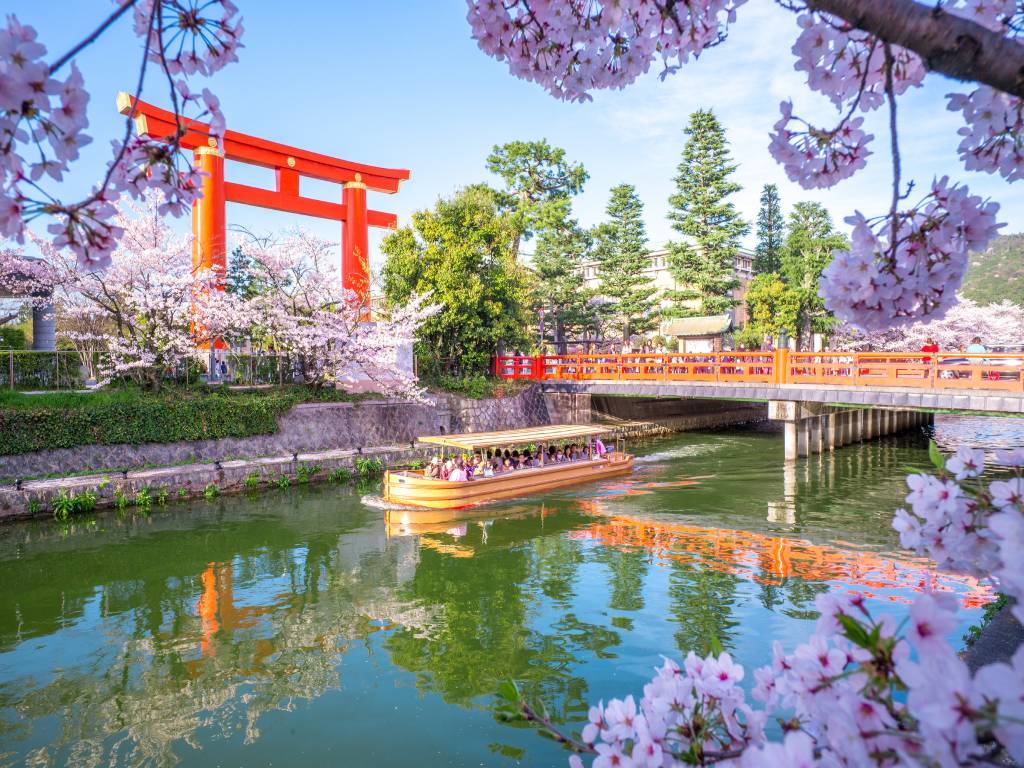
Introduction
Interaction between man-made environment and nature is necessary to attain sustainable development. In an urban setting, aesthetics is an essential requirement for humans, almost comparable to survival needs (Hemmati, 2016). Aesthetics in urban design may aid in building connected and coordinated urban growth that is built around mass public transport which creates economically dynamic and healthier cities. This also helps in the reduction of carbon emissions. On the other hand, an aesthetically unpleasing environment leads to a widening gap between people and nature. It pushes people to avoid walking and enjoying the environment and encourages and increases cars (a leading contributor to the growing carbon emission in the atmosphere), providing them with door-to-door services. Therefore, an aesthetically unpleasing environment isolates the people and segregates them into economic caves and land use enclaves. It doesn’t allow interaction. Thus, to work towards sustainable cities, it is imperative to incorporate aesthetically pleasing elements into the environment. This article will first highlight ways of achieving this through design principles and will further focus of practical ways of achieving this in the environment (Chiesura, 2003).
Design Principles for Achieving Sustainable Cities
An aesthetically pleasing environment is necessary to provide an experience of nature to the people. It also creates a sense of wellbeing, positivity, social and psychological benefits and environmental and ecological services, which help enrich the built environment (Chiesura, 2003). A good physical and functional structure includes the design principle of variety, permeability, legibility, robustness and visual appropriateness.
Variety
Mixed-use development is a type of urban development that blends residential, commercial, institutional, industrial and cultural uses. Mixed-use development along the city’s main axis, which has pedestrian and vehicular connectivity, will provide people with a better option for employment and housing. In addition to that people will enjoy the benefits of good connectivity using public and private transport. It will provide the residents with a better option of employment and housing in the area where the primary function is housing. It will promote walkability, thus supporting the ‘eye in the street’ concept. The presence of mixed-use development along the road will transform it into a safe street due to public activity throughout (Cho et al., 2016).
Permeability
A way to achieve the aesthetics in the environment is through the design principle of permeability. Permeability makes spaces more inviting and approachable for the people. The walking experiences and street life becomes more enjoyable due to active edges. This design principle provides a good visual connection with the immediate surroundings and active impermeable boundaries. The surrounding of the pedestrian pathway should be porous to ensure safety and enhanced contact. One of the indicators for achieving this is to have doors to entrances directly visible from the pathways. This is beneficial for both the pass bys and people inside the buildings, achieved by having active and rich boundaries rather than passive and blank (Cho et al., 2016).
A good street connectivity shows more 4-way junctions and fewer dead ends or cul de sacs. Higher the intersections, the better the street connectivity. The lower number of street intersections proves a low street map connectivity and streets that are not functioning up to their capabilities. Therefore, it is imperative to extend paths and streets to nearby streets. This will overall increase the number of intersections (Jacobs and Epstein, 2011).
Jane Jacobs built a theory of urbanism on the role of streets in her book ‘ The Death and Life of Great American Cities (1961)’. The book stated that the most significant streets do not exist in isolation but derive part of their vitality from the surrounding street network. Areas with high connectivity allow easy movement in many directions and contribute to accessibility and ease of reaching places. In addition, a well-connected street network benefits the public, including direct routes and, therefore, shorter distances to destinations. It is imperative to create pedestrian links to shorten walking routes for making it for pedestrians. Good visual connection makes urban spaces approachable and keeps ‘eyes on the street’ from inside and outside the building. This ensures the safety of the people walking in the street (ibid.).
Legibility
Robustness is the use of a place that does not have a fixed purpose and can be used for different purposes. The clarity of appearance of a place makes people aware of the choices available. Visual appropriateness also means the quick interpretation and identification of a space or area in an urban setting. An example of this is the easy identification of commercial and residential areas. On the other hand, richness is the choice of sensory experience and variety offered to users. An example of this is unique, exciting and contrasting building and urban design. Also, landmarks will be colourful, with different types of food, markets, venues, arts and gatherings (Cho et al., 2016).
Robustness, Visual appropriateness and Richness
Robustness is the use of a place that does not have a fixed purpose and can be used for different purposes. The clarity of appearance of a place makes people aware of the choices available. Visual appropriateness also means the quick interpretation and identification of a space or area in an urban setting. An example of this is the easy identification of commercial and residential areas. On the other hand, richness is the choice of sensory experience and variety offered to users. An example of this is unique, exciting and contrasting building and urban design. Also, landmarks will be colourful, with different types of food, markets, venues, arts and gatherings (Cho et al., 2016).
Aesthetics
From the beginning of time, humans created different aesthetics through different periods depending on their interaction with nature. A branch of Philosophy, aesthetics is a nature of art that provides a meaning to life. Aesthetics may display in nature naturally as natural beauty or artificially as geometrical beauty through objects or forms that may have proportion, harmony or unity. Additionally, it may create a balance, identity, sense of place, and coordination. It goes beyond visual and physical characteristics and depends on human perception and multi-layer environment experience. Therefore, ecology and aesthetics are inseparable, making it a combination of qualities that charm intellectual or moral faculties. Aesthetics may also show motion recognising the flow of passing the time, demanding revolution, continuity and sensory experience. This generates cycles and awareness necessary to sustain life. This section highlights the four main principles of aesthetics (Hemmti, 2016).
Natural Process Instead of Natural form
Natural form regeneration has been usually seen through the conventional method of ecological mimicry in the sustainable landscape. However, these are not sustainable as they require a high amount of maintenance and quickly become abandoned landscapes due to loss of stability. Therefore, mimicry of the natural process is more effective than mimicry of natural ecology. An example of a regenerated natural process is visible through the Duisburg-Nord Park. The industrial pollution caused by waste coal and steel factories led to the site’s abandonment for two decades. However, the ecological functions led to the consolidation of the new aesthetic attitude through a new canal with fresh rainwater instead of the old sewage canal. In addition, the canal spreads awareness for the visitors regarding water processes and changes in time (Hemmti, 2016).
Beyond Ecological Performance
This principle highlights the beyond the performance of design regarding socially and culturally through events or festivals. An example of this is visible through Yanweizhou Park in Jinhua, China. The project led to reviving the disrupted river’s ecosystem. Earlier the river was blocked with a protective wall to prevent seasonal river floods, disrupting the interaction between the inhabitants and the river. Removing the wall through a safe model and defining social and cultural objectives created social infrastructure and rebuilt society. The place is also used in the Chinese New Year festival because of the bridge connecting the two sides of the river, inspired by the local legends of dragons (Hemmti, 2016).
Dynamic Instead of Static
Aesthetics in an urban setting is changeable and temporal. Aesthetics are variable and dynamic. For instance, not only do humans move in an urban environment, but the landscape moves, changing and declining. An example of this is visible in Bass Riverbank, which was based on the design concept of dynamics. Due to flooding, the site was previously unused. The designers and planners overcame this challenge through design compatible with the forces of nature instead of against them. Some of the strategies include native plants and flexible paths (Hemmti, 2016).
Increasing Sensory Experiences
This principle is based on activities that, along with essential design forms, stimulate the sense and emotions of the inhabitants. This enables the reduction of the gap between the individual and the environment. Additionally, it also forces individuals to react due to the stimulation of challenge to an individual consciousness through this interactive design. An example of this is visible through David Baker and Fletcher Studio, which created a sustainable urban design proposal for one of the districts of Dallas. The design was interactive, where people were involved in the city’s planting, management, and harvesting process, generating a sensory experience and environmental awareness (Hemmti, 2016).
Ways for achieving Sustainable Cities through Aesthetics
This section explores two ways of achieving sustainable cities through aesthetics:
Public spaces
A public park that could be utilized by the residents and the employees working around it will be the best-suited option for development for the chosen site. In addition, introducing elements such as a jogging track and central meeting spaces will encourage exercise and provide a shared space for people to spend their leisure time. A play area for children is an essential element that needs to be incorporated into urban design. Furthermore, it will regulate the bioclimate of the surrounding. Proposing a public park will help reduce stress, generate positive emotions, and promote mental well-being among the residents and the employees. It will contribute to a stronger society and a more sustainable environment. The Rotary centennial park is an appropriate example due to its linear structure and planning. Parks and streets an also be incorporated with street furniture and art to enhance the look and give a more appealing look.
Market place
A marketplace possesses qualities such as diversity and inclusiveness. In addition to that, adding functions such as workshop spaces, exhibition areas and design objects will generate interest in people visiting the market area. The structure will generate playfulness, exploration and interaction by creating new interaction pathways among a new and diverse mix of people. The open-air market also creates employment opportunities and will strengthen the economy of the place of location. People living nearby will receive a place where they can move freely, talk freely, and feel in the community. Therefore, colourful central marketplaces is a way to enhance social gathering.
About the Author
An Urbanist, Researcher and Architect, She wants to use her expertise to make changes to urban communities and mitigate climate change through sustainable urban planning, research and innovative solutions.
Related articles
UDL Illustrator
Masterclass
Visualising Urban and Architecture Diagrams
Session Dates
17th-18th January 2026

Urban Design Lab
Be the part of our Network
Stay updated on workshops, design tools, and calls for collaboration
Curating the best graduate thesis project globally!

Free E-Book
From thesis to Portfolio
A Guide to Convert Academic Work into a Professional Portfolio”
Recent Posts
- Article Posted:
- Article Posted:
- Article Posted:
- Article Posted:
- Article Posted:
- Article Posted:
- Article Posted:
- Article Posted:
- Article Posted:
- Article Posted:
- Article Posted:
Sign up for our Newsletter
“Let’s explore the new avenues of Urban environment together “



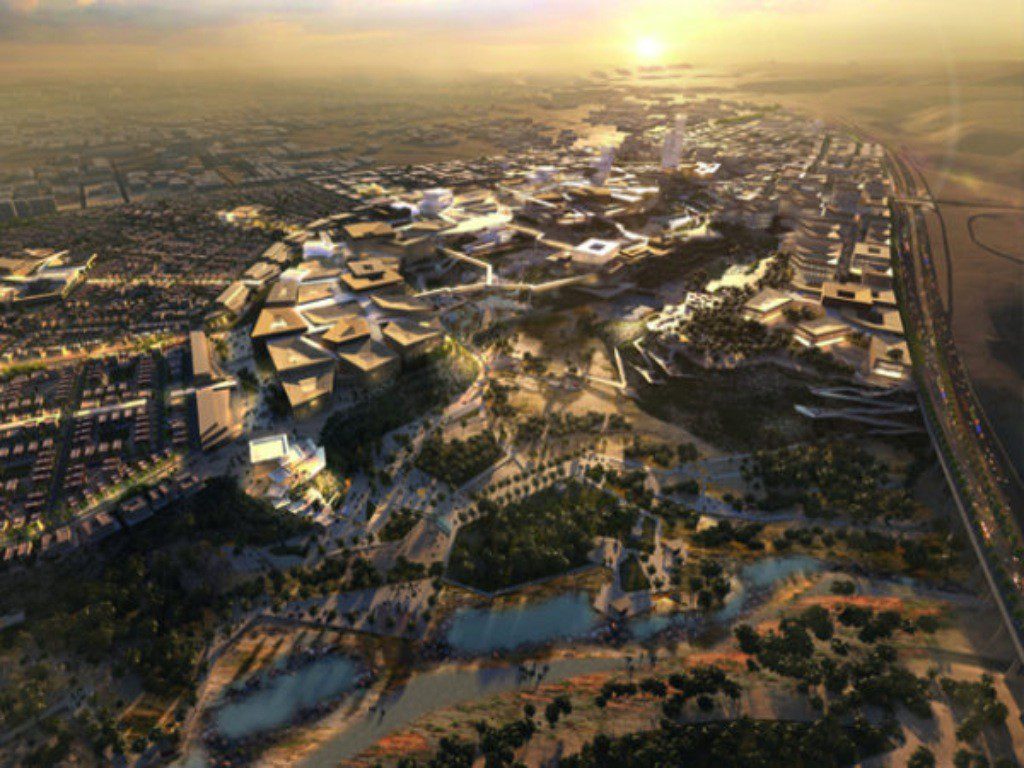
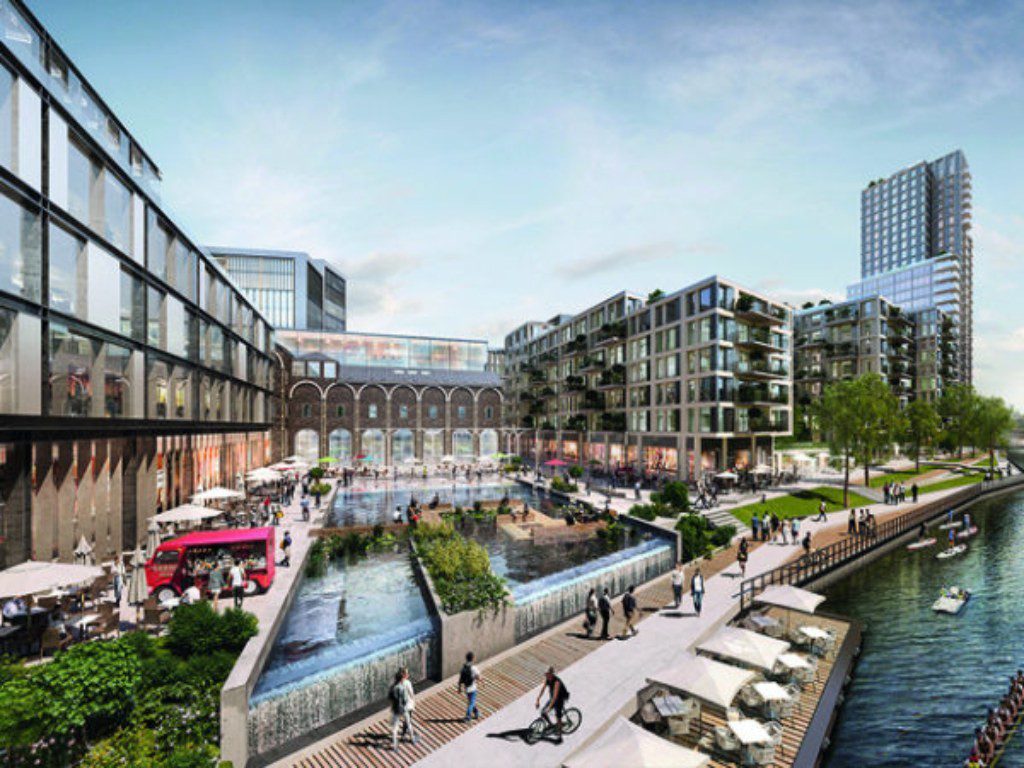
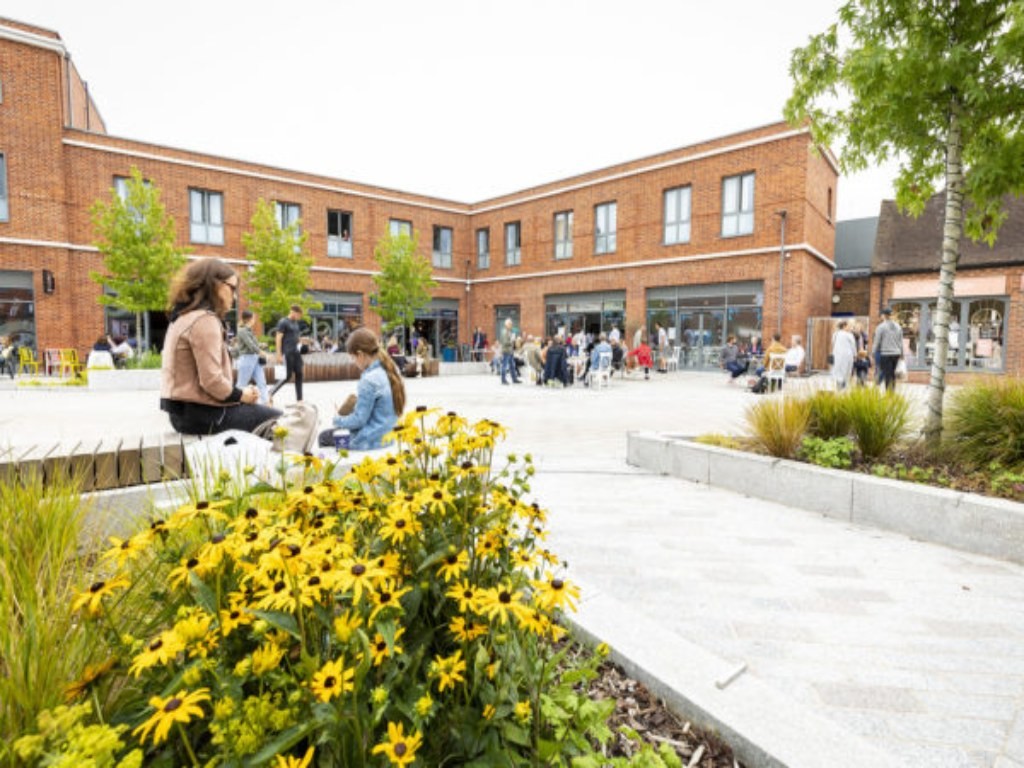
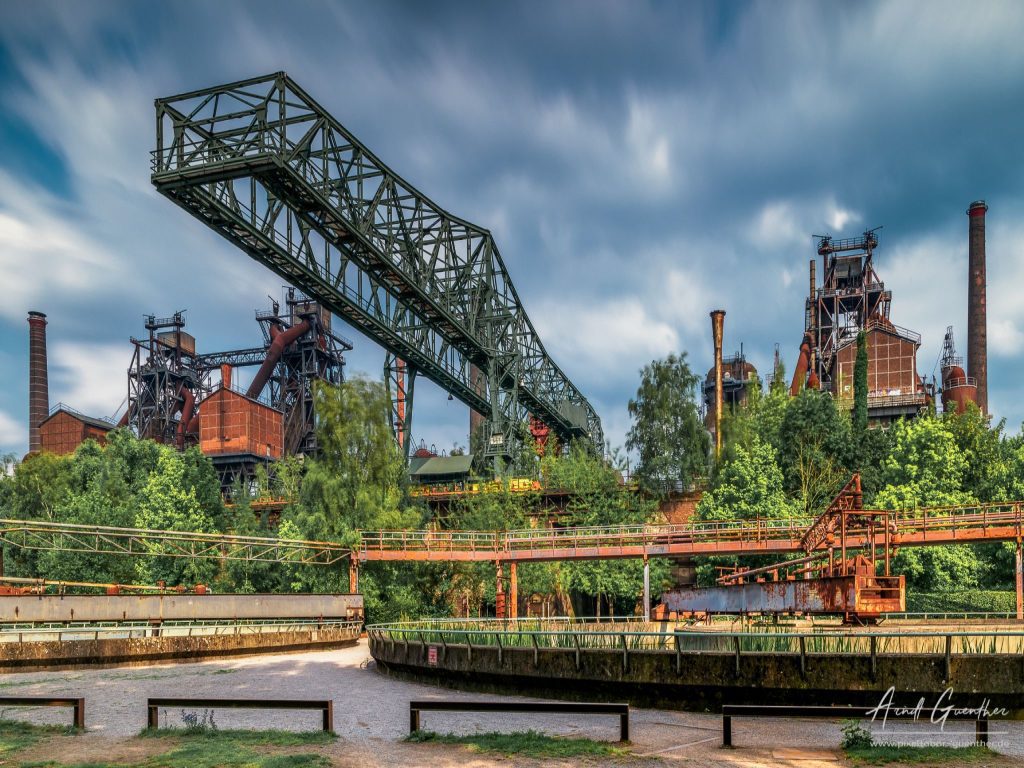
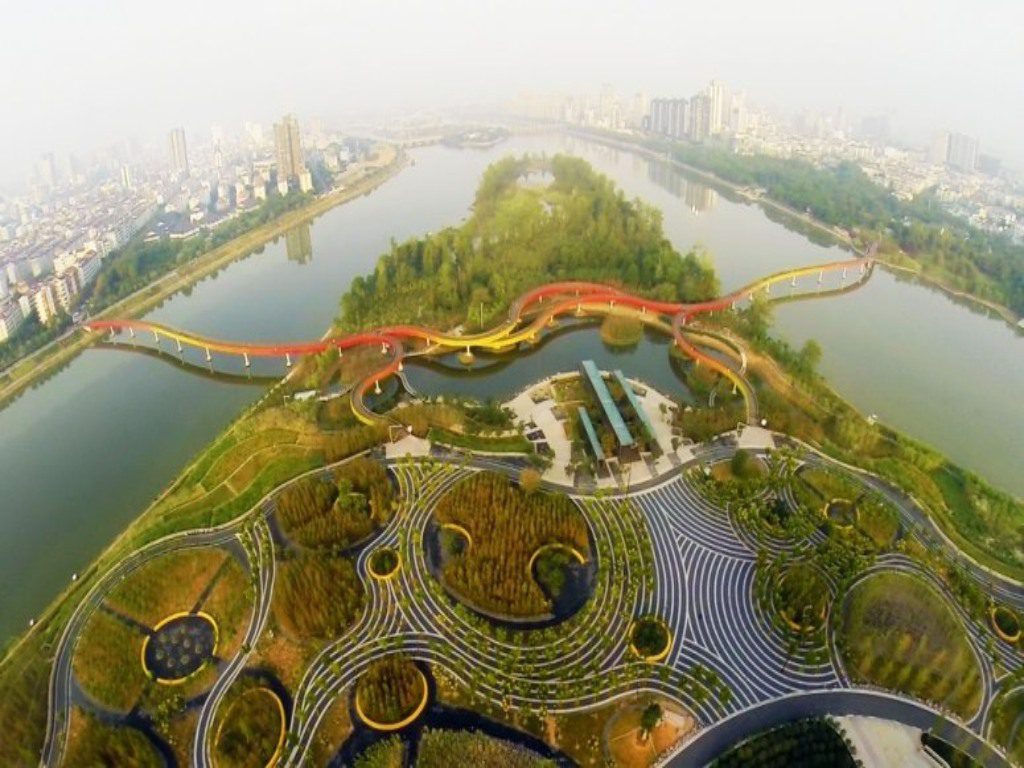
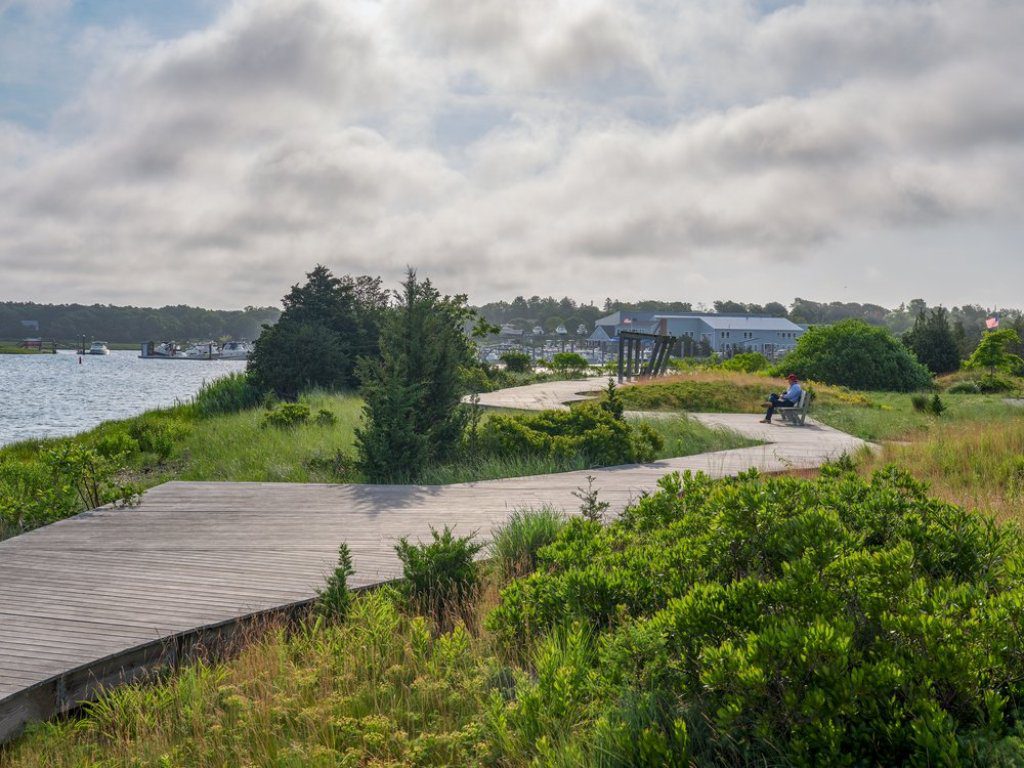
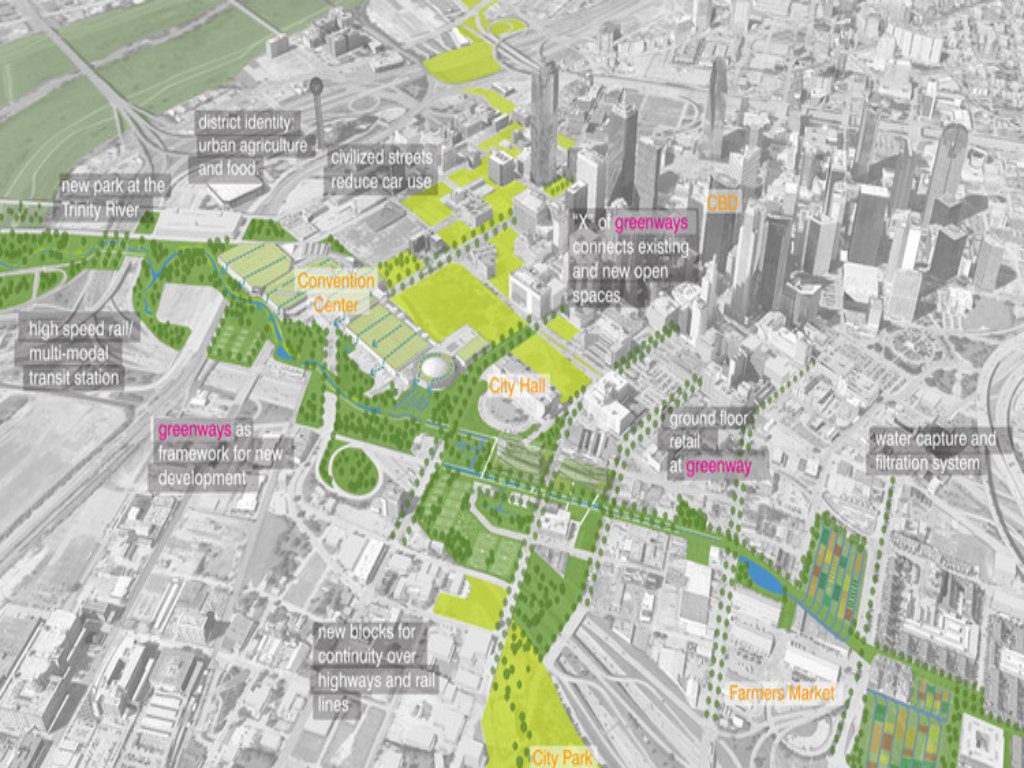
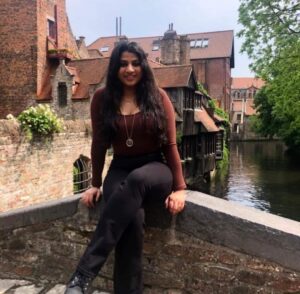
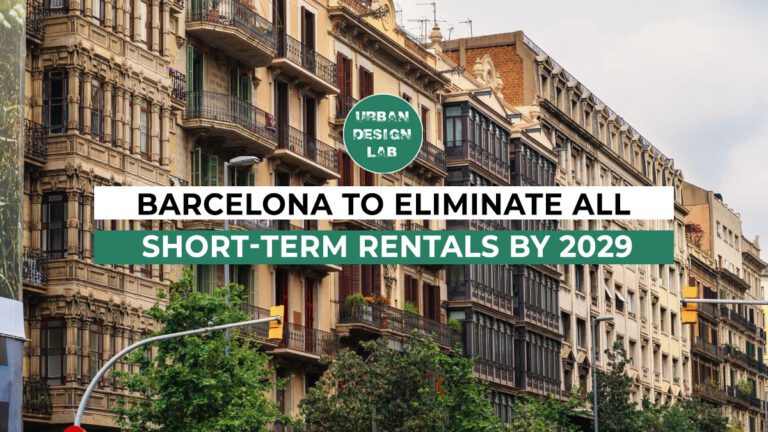
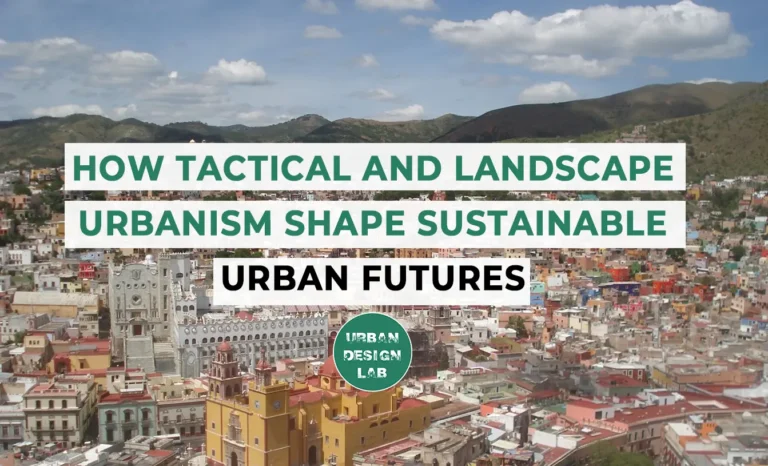
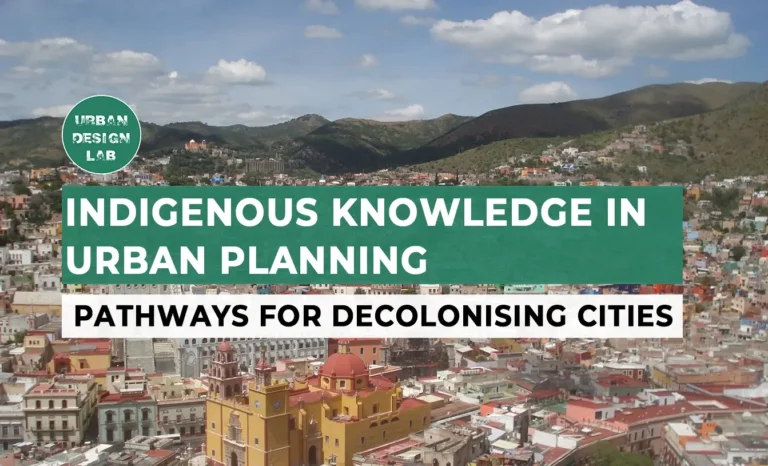
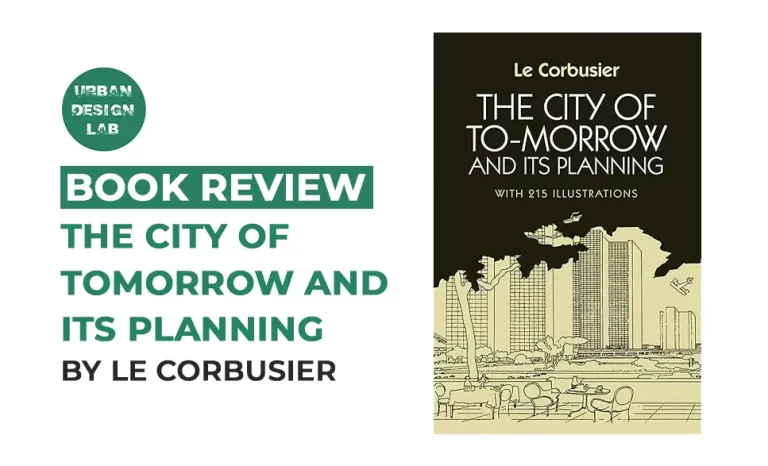
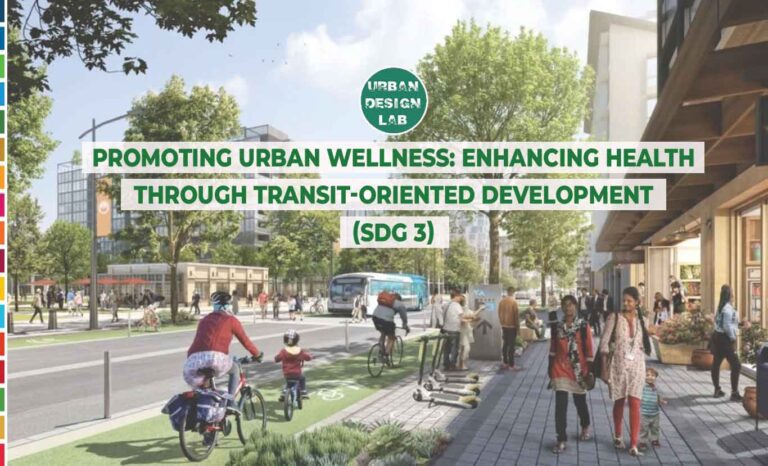
























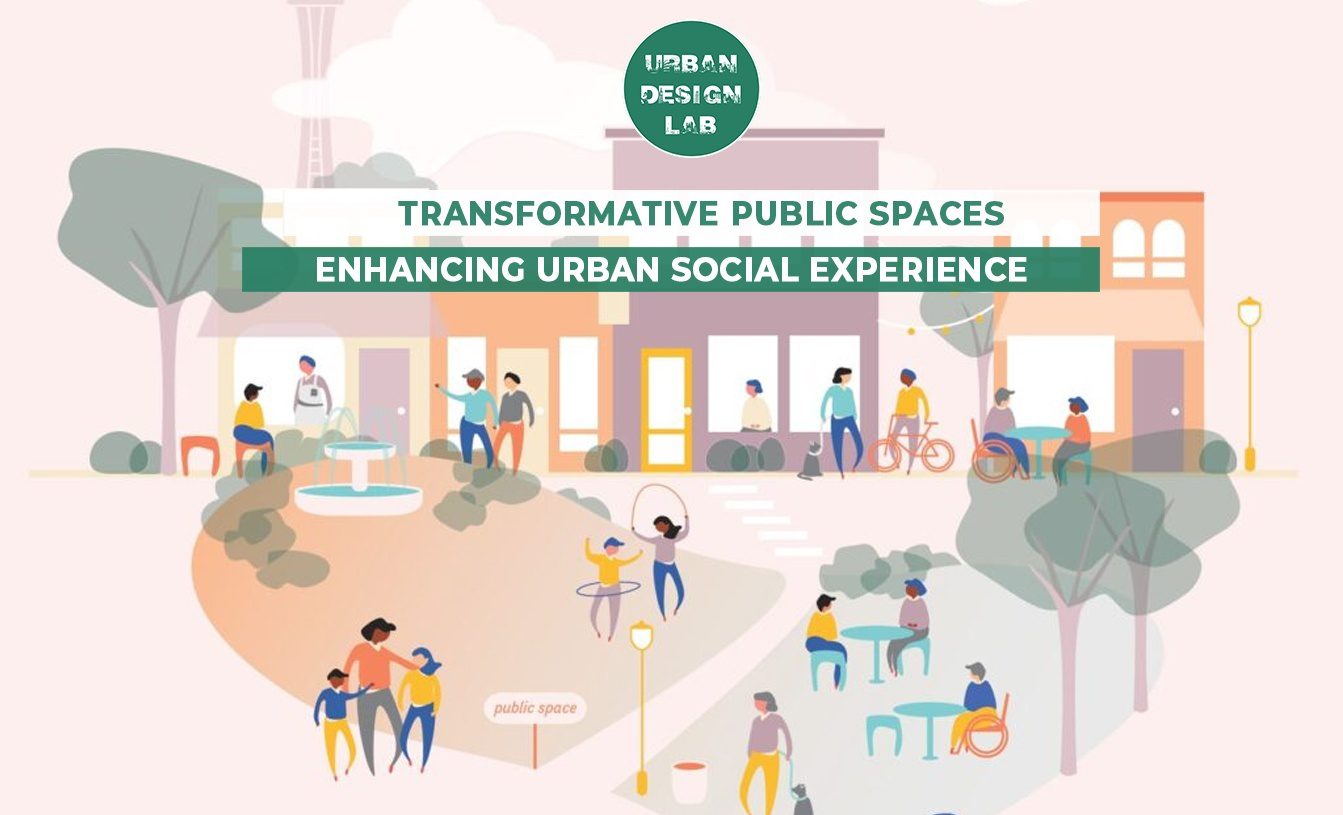

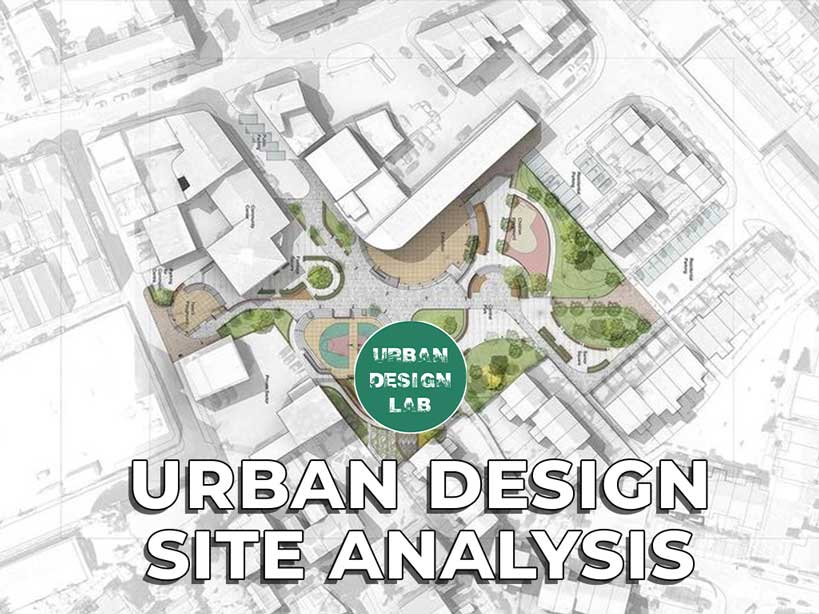
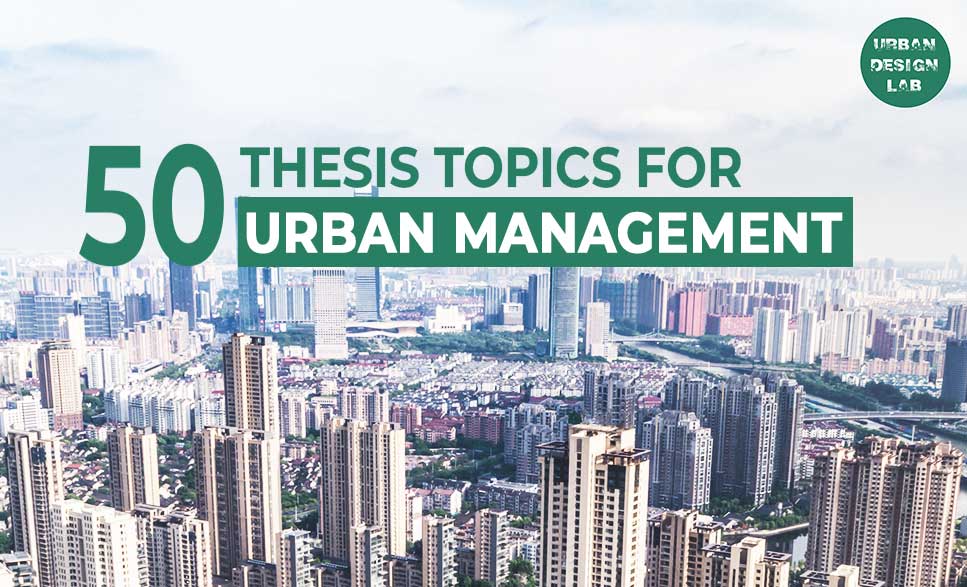
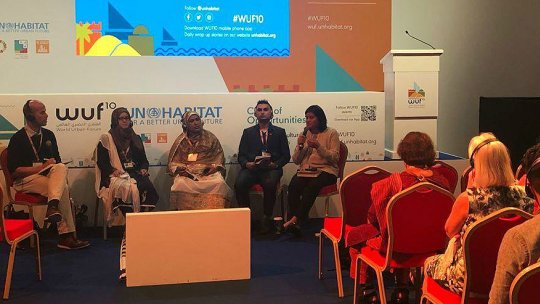
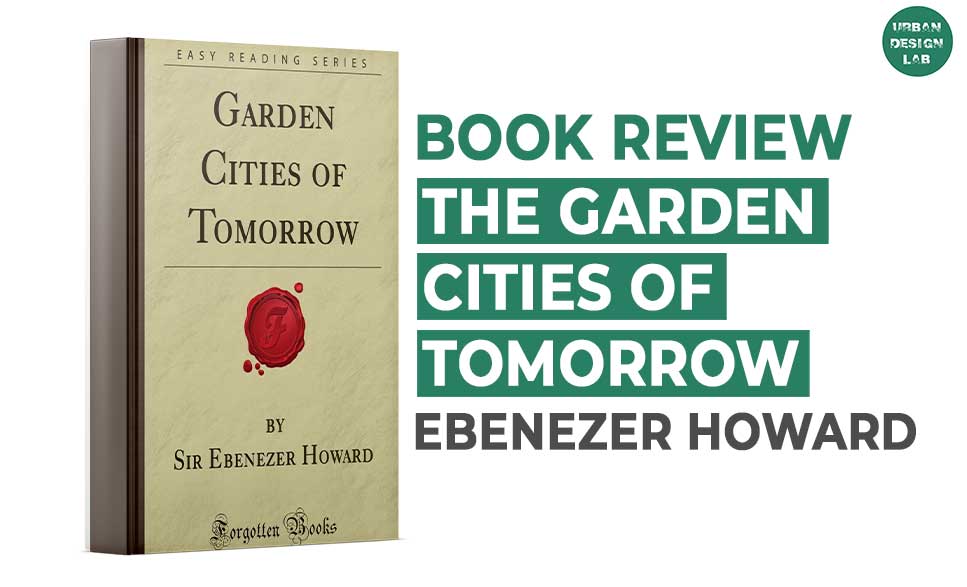
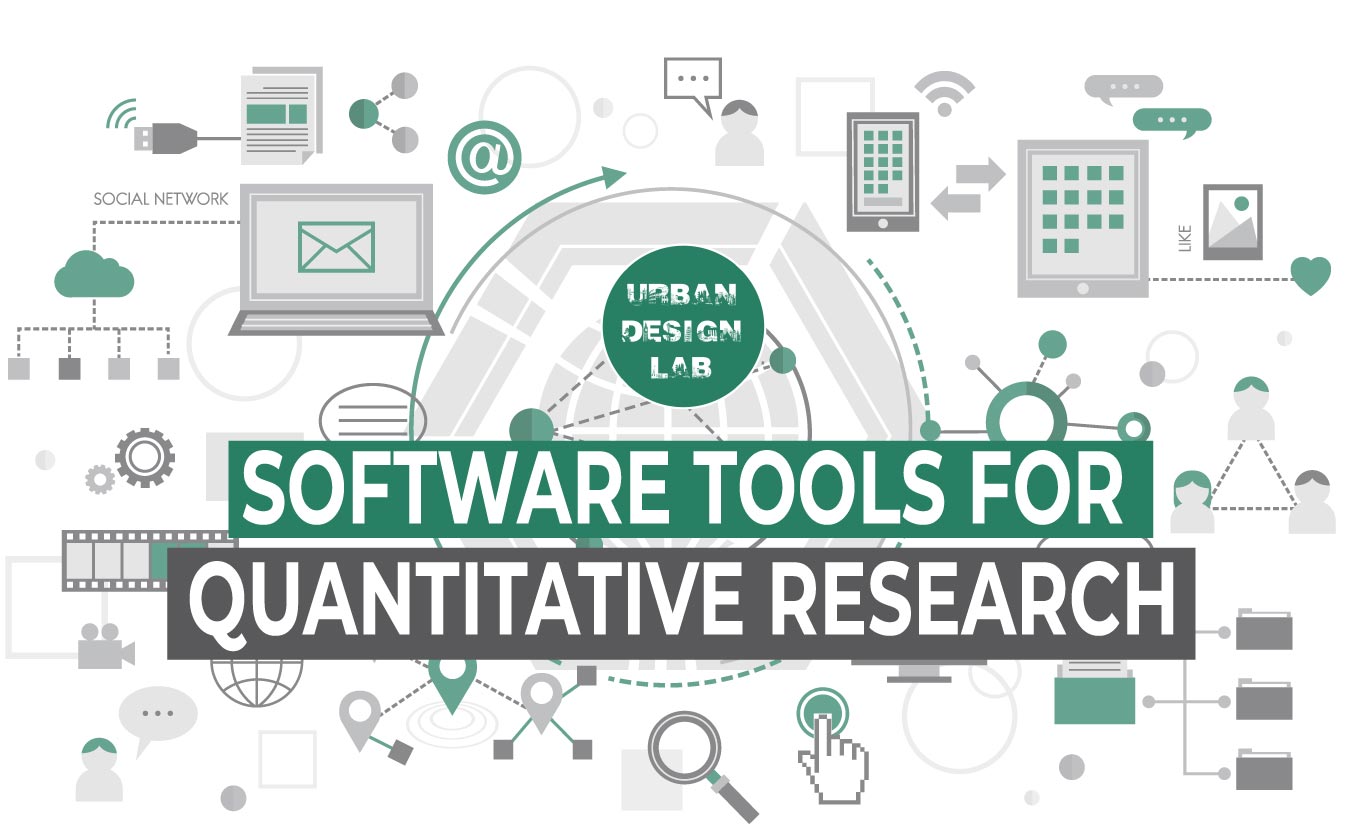

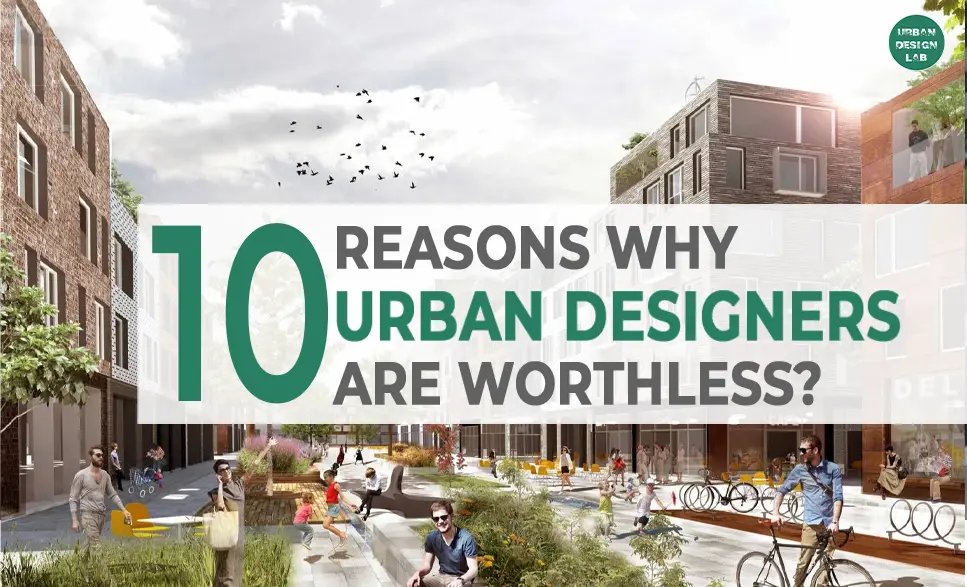
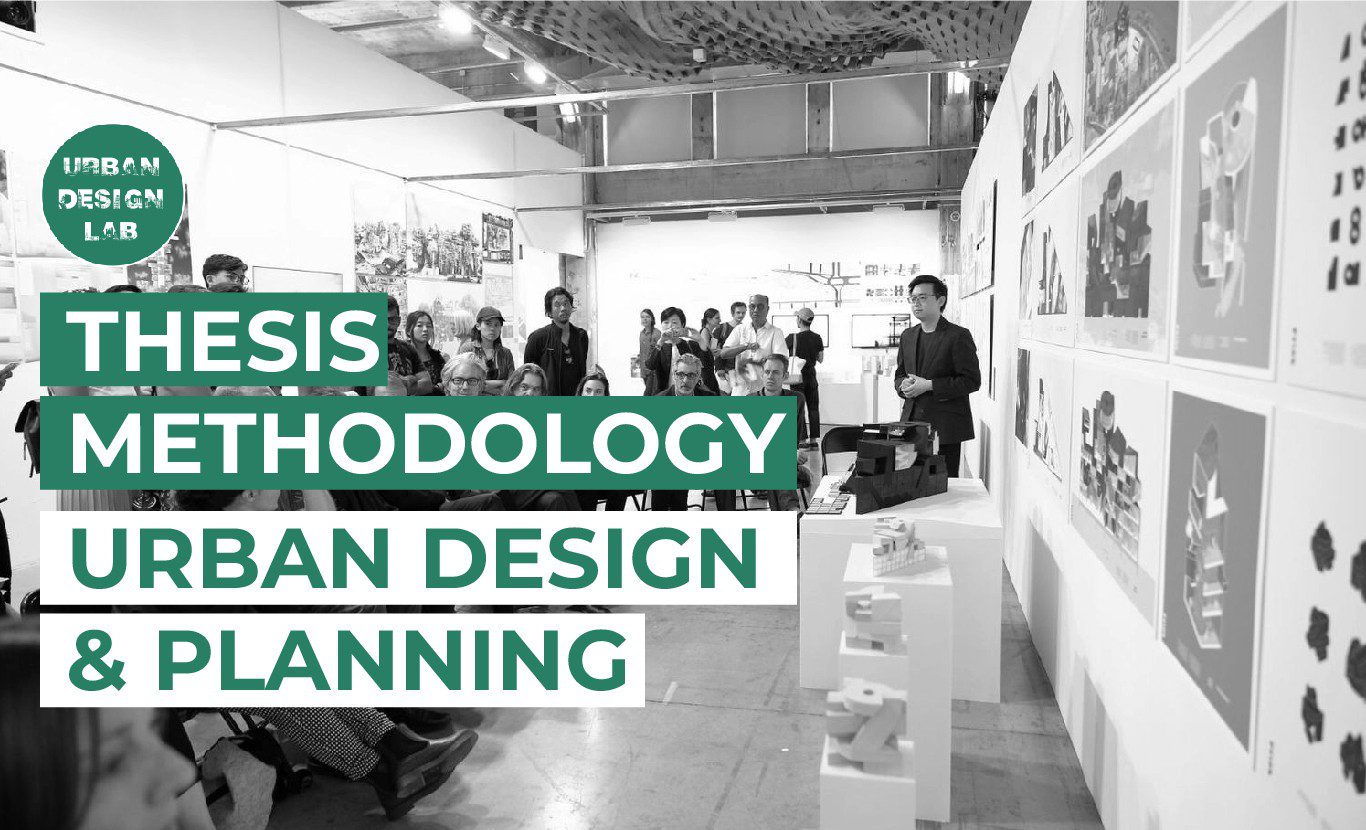

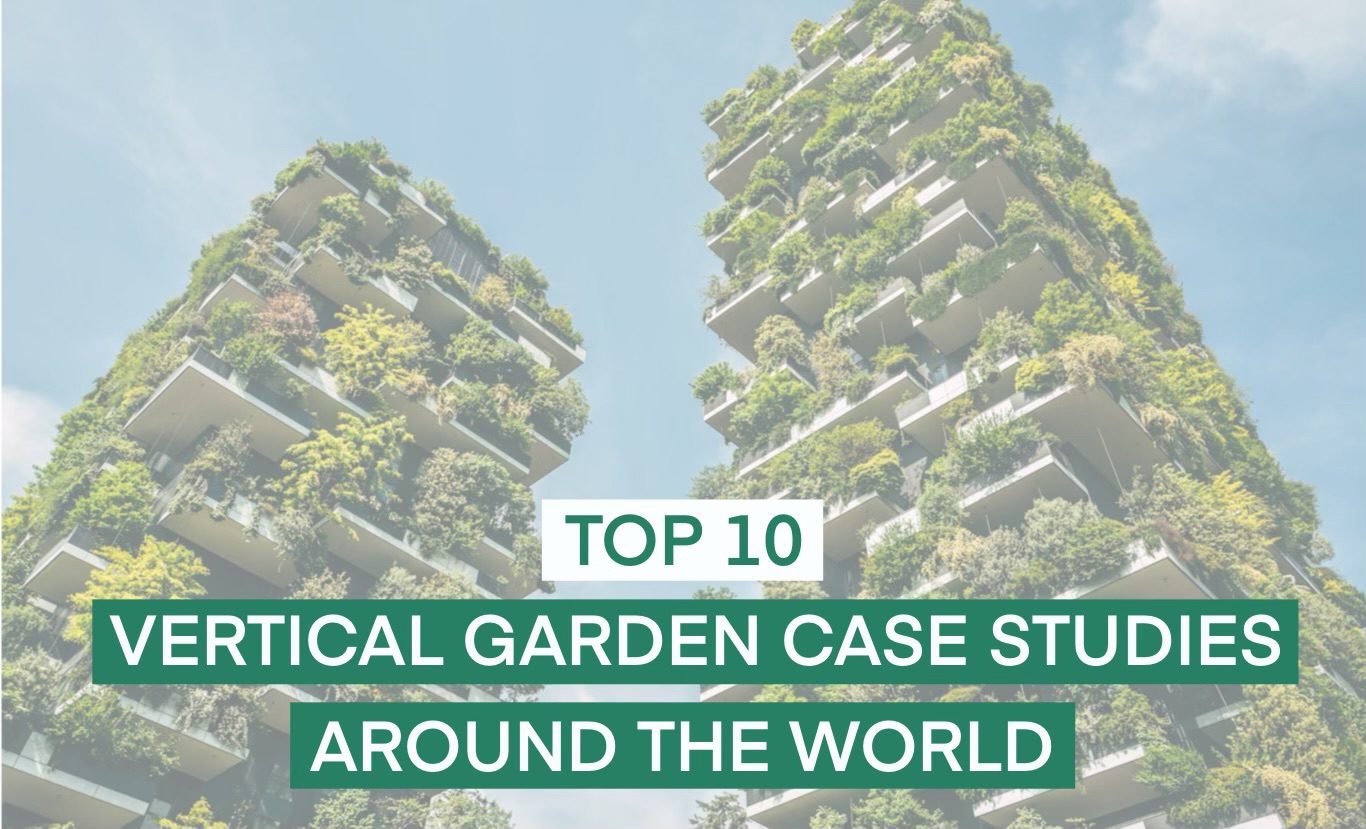
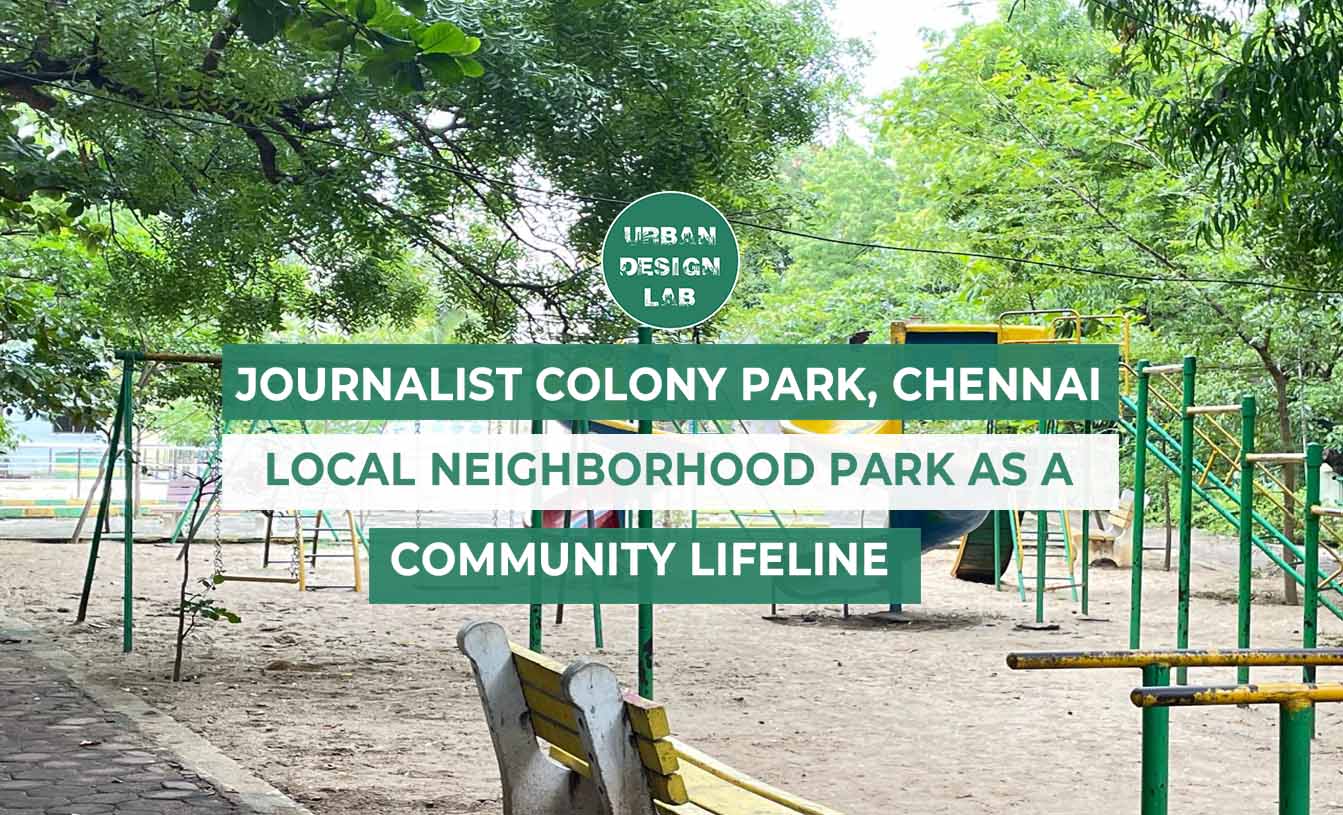
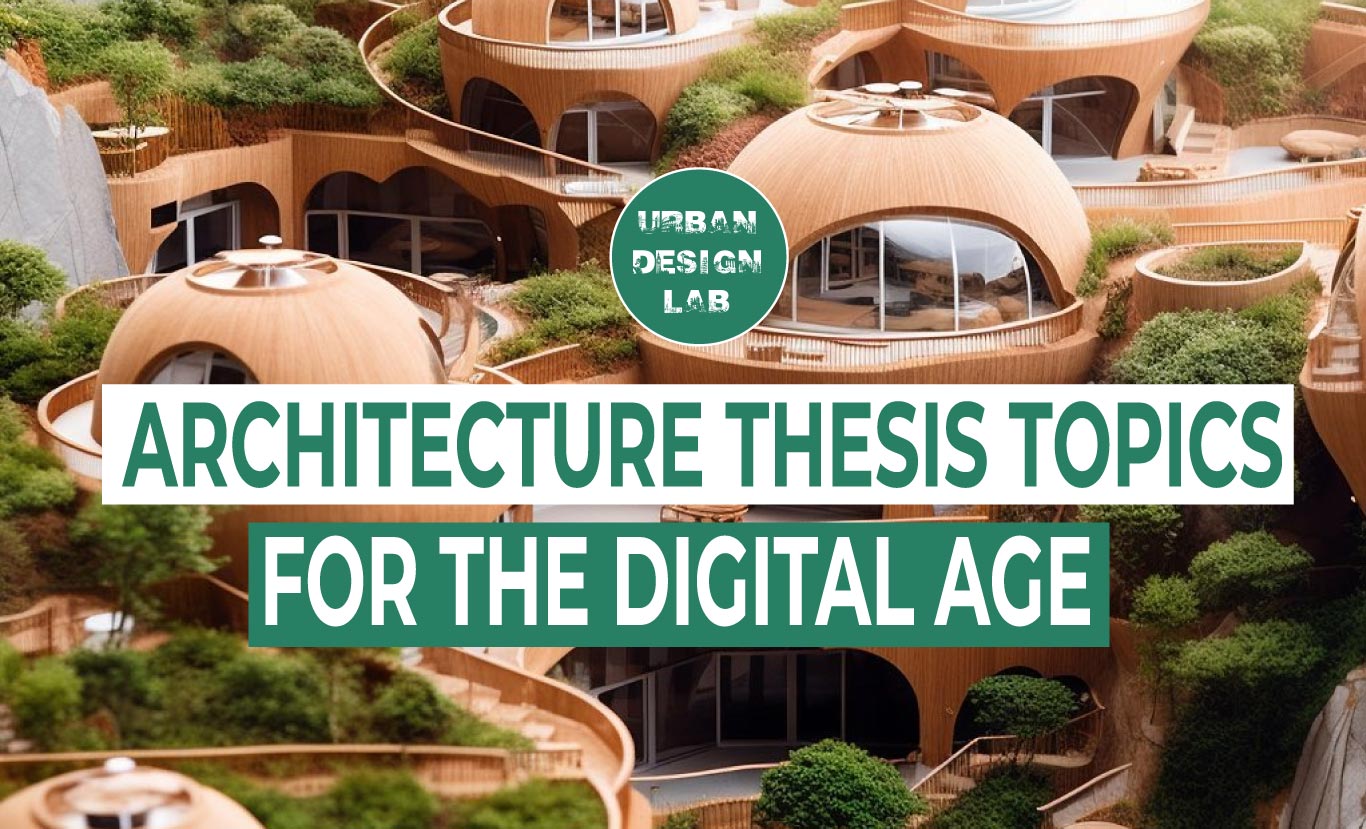
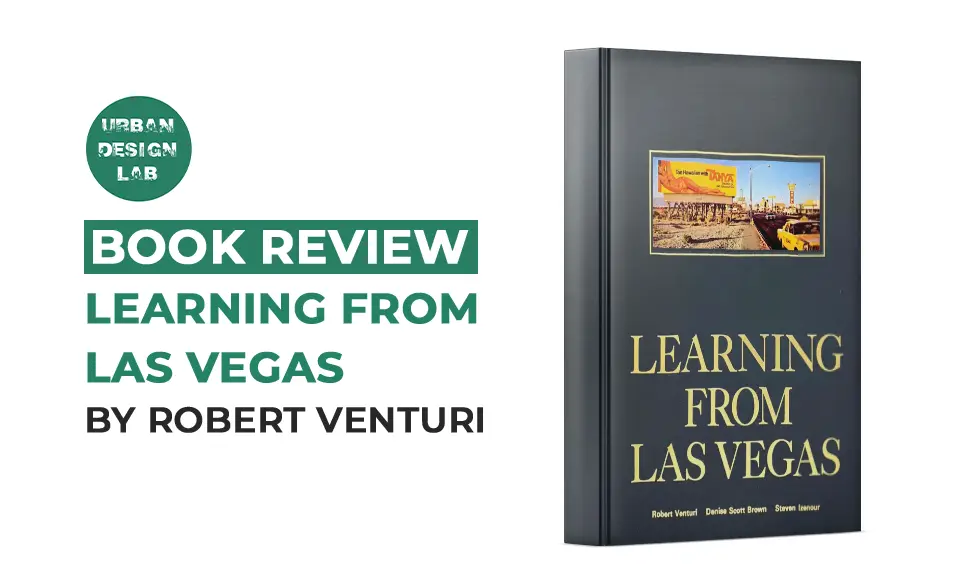
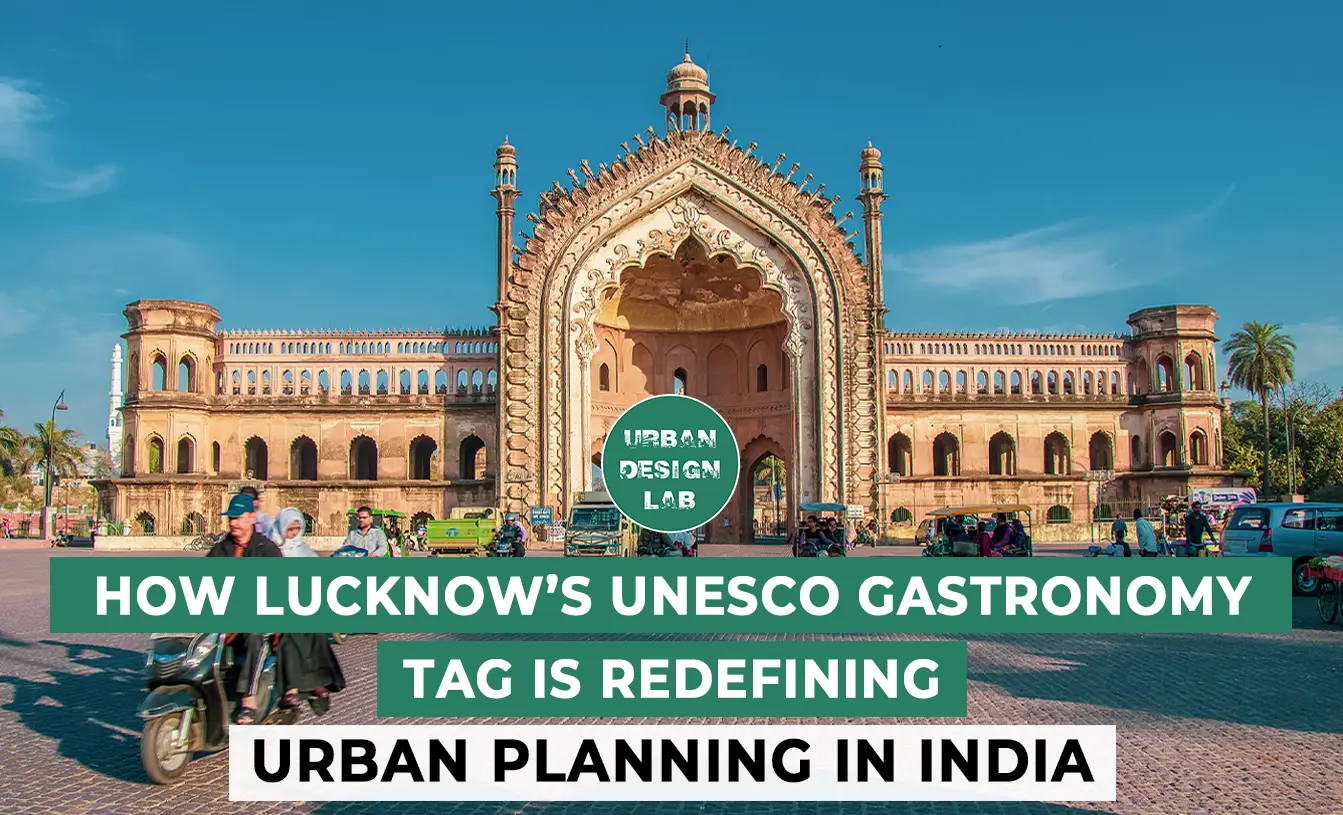


One Comment
I blog frequently and I really thank you for your information.
Your article has really peaked my interest. I will take a
note of your website and keep checking for new details about once per week.
I opted in for your Feed too.